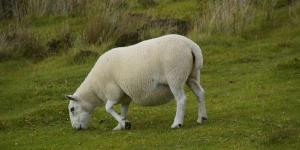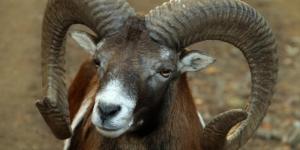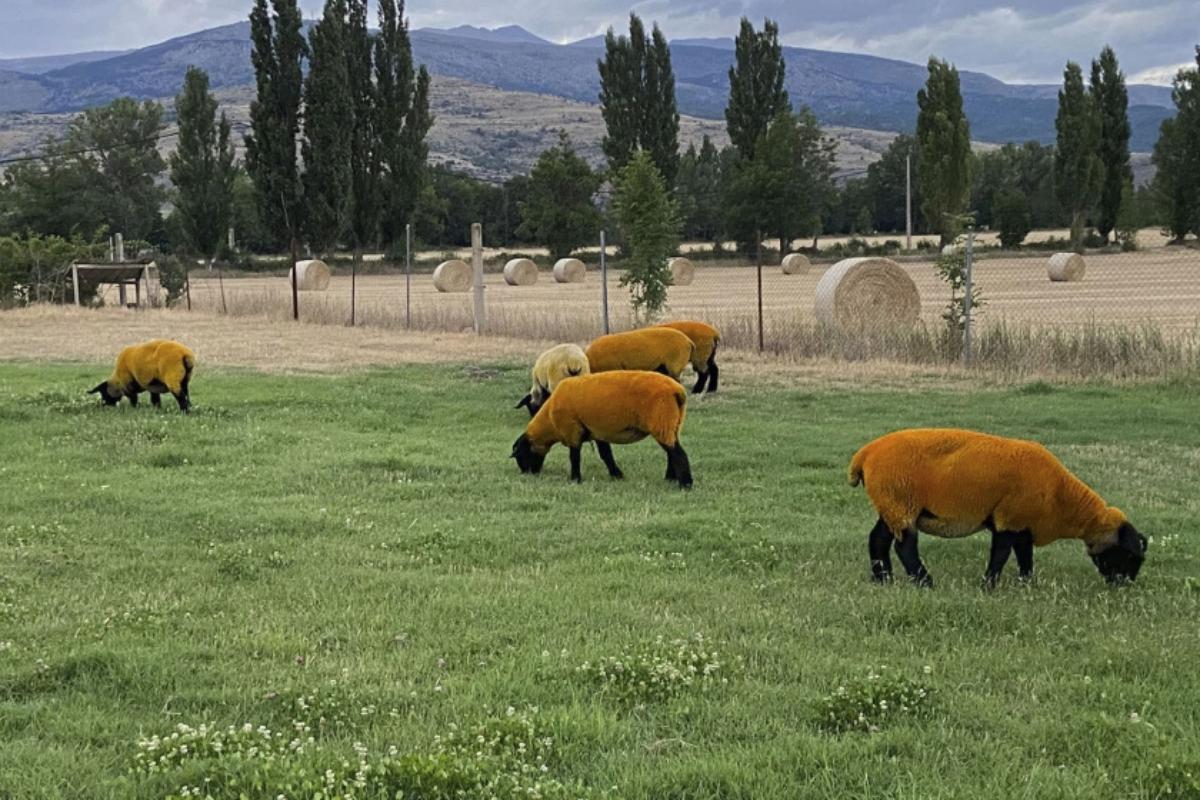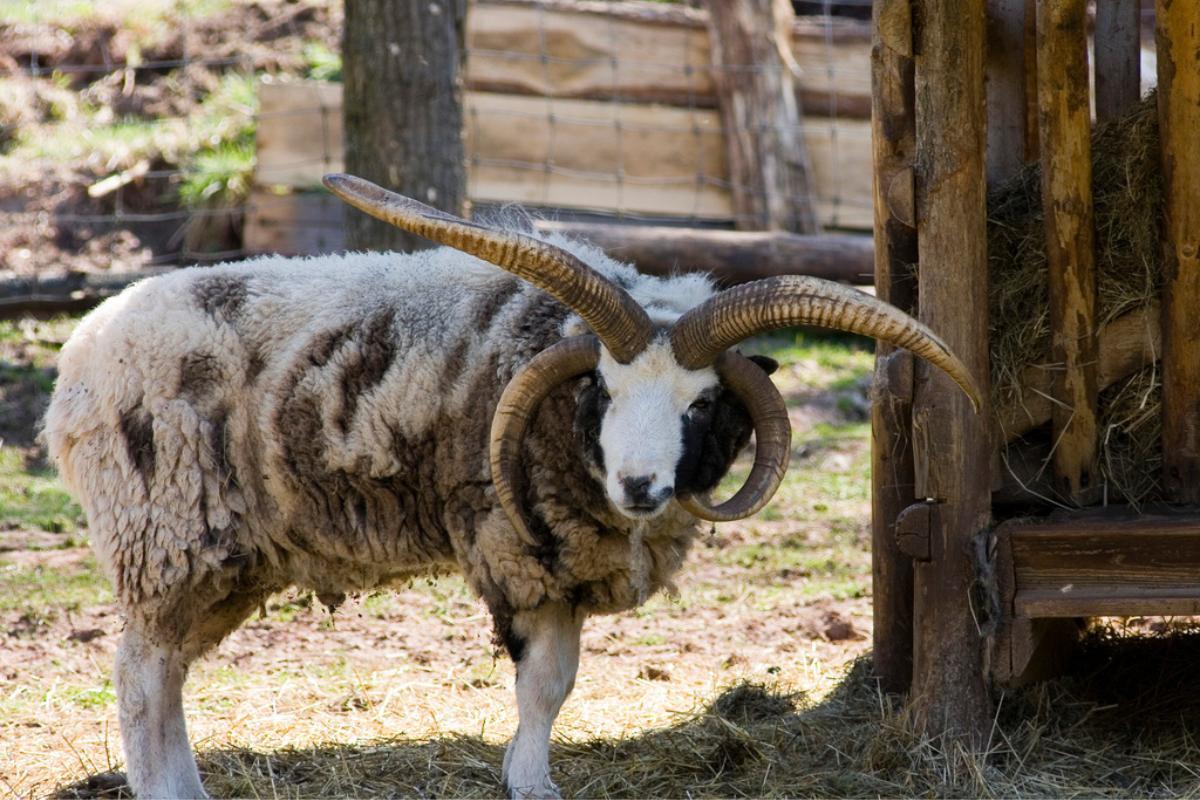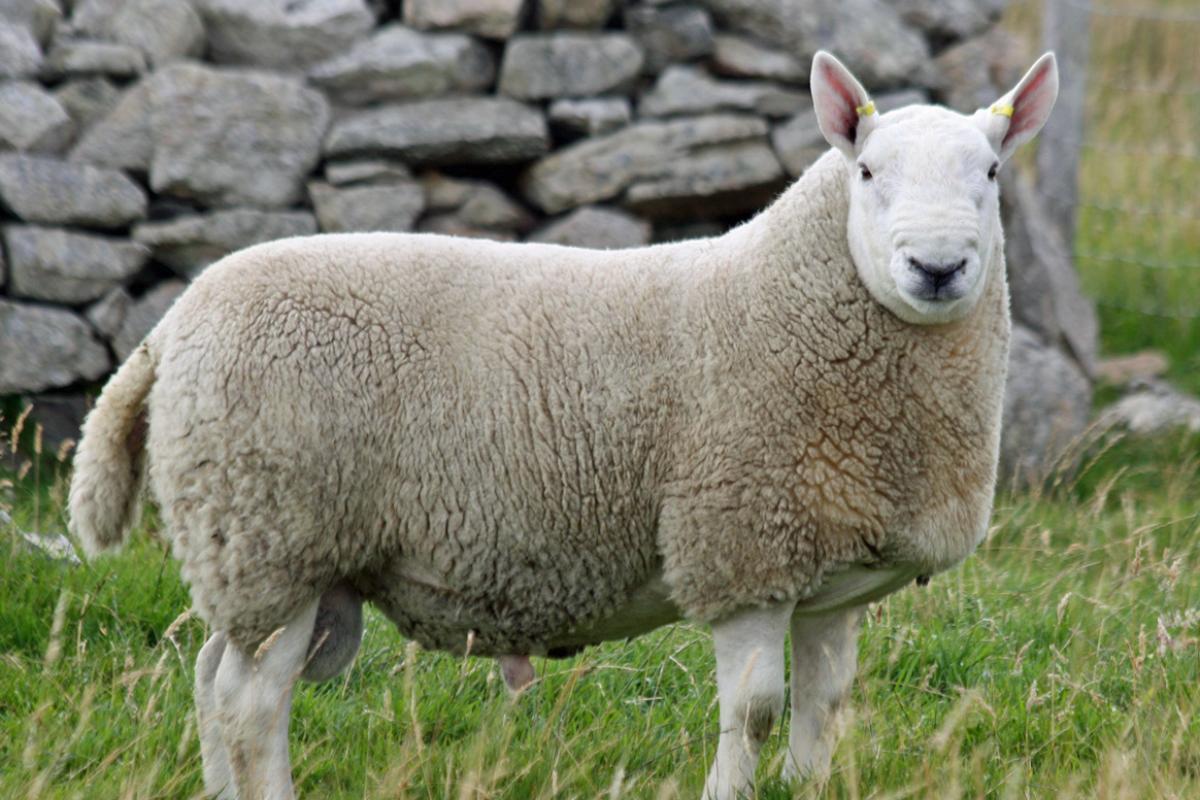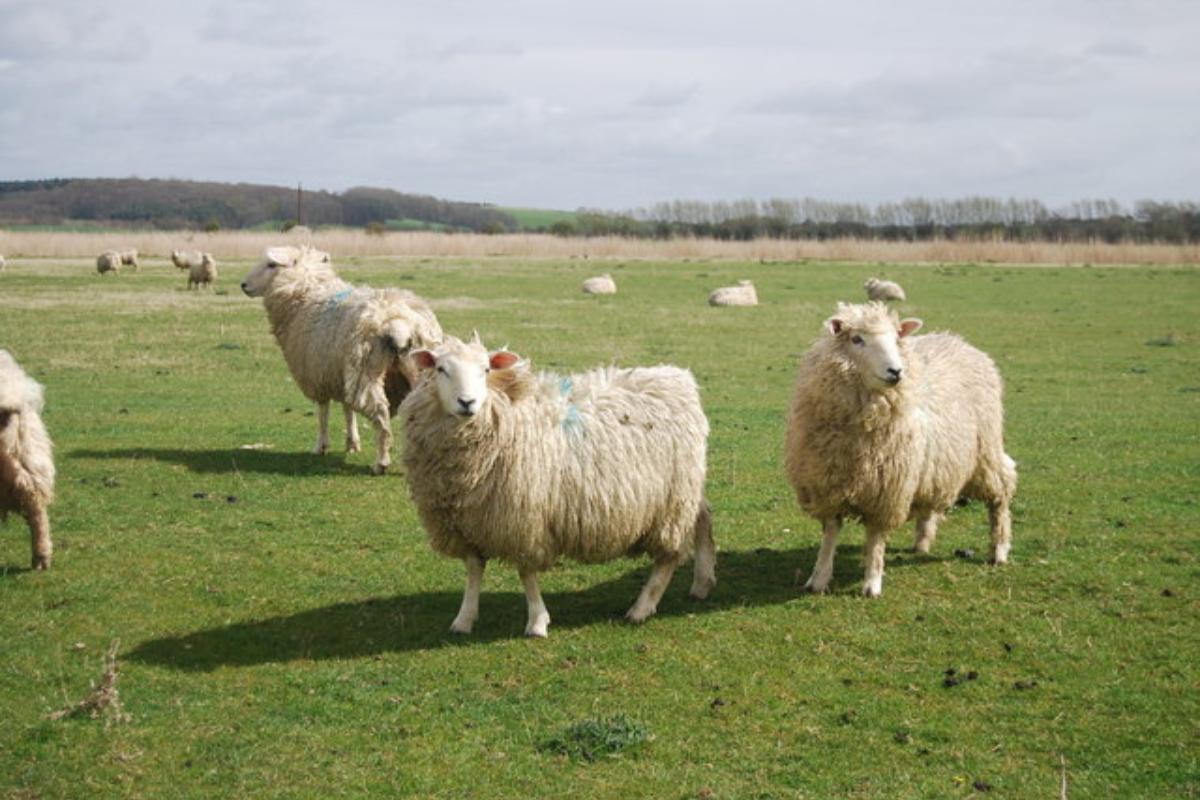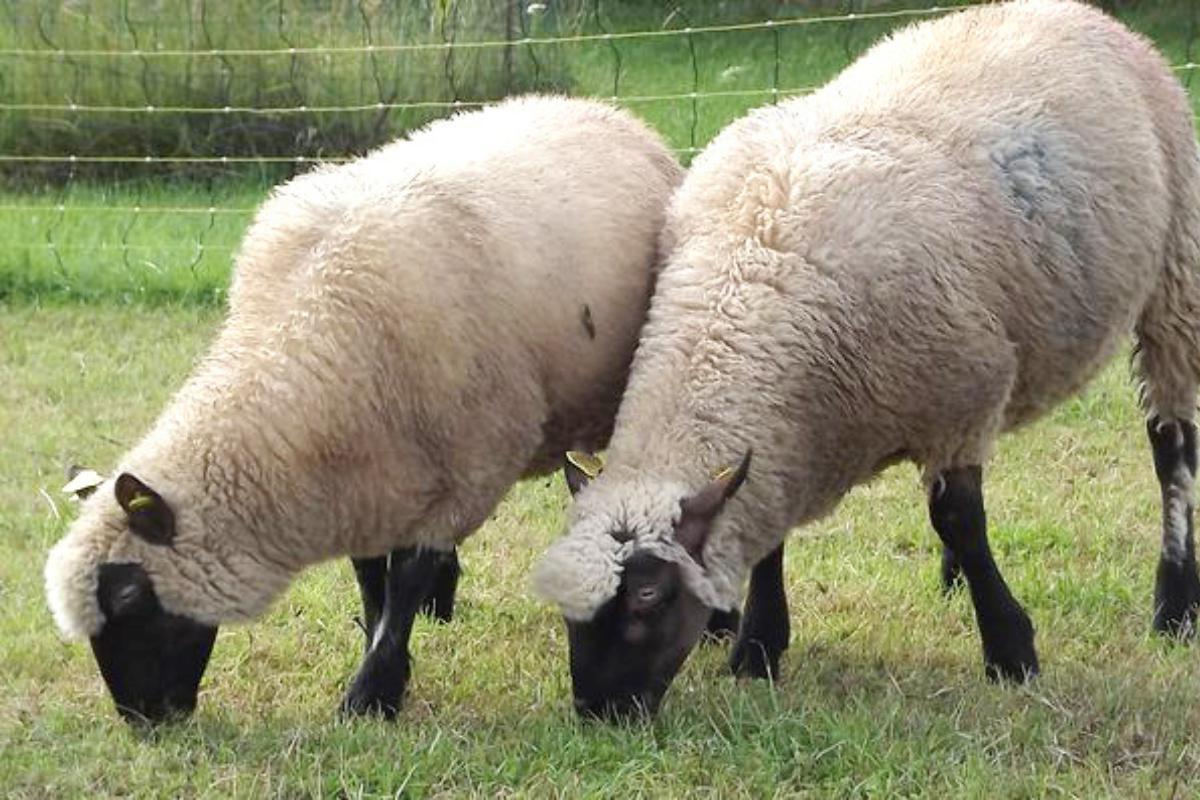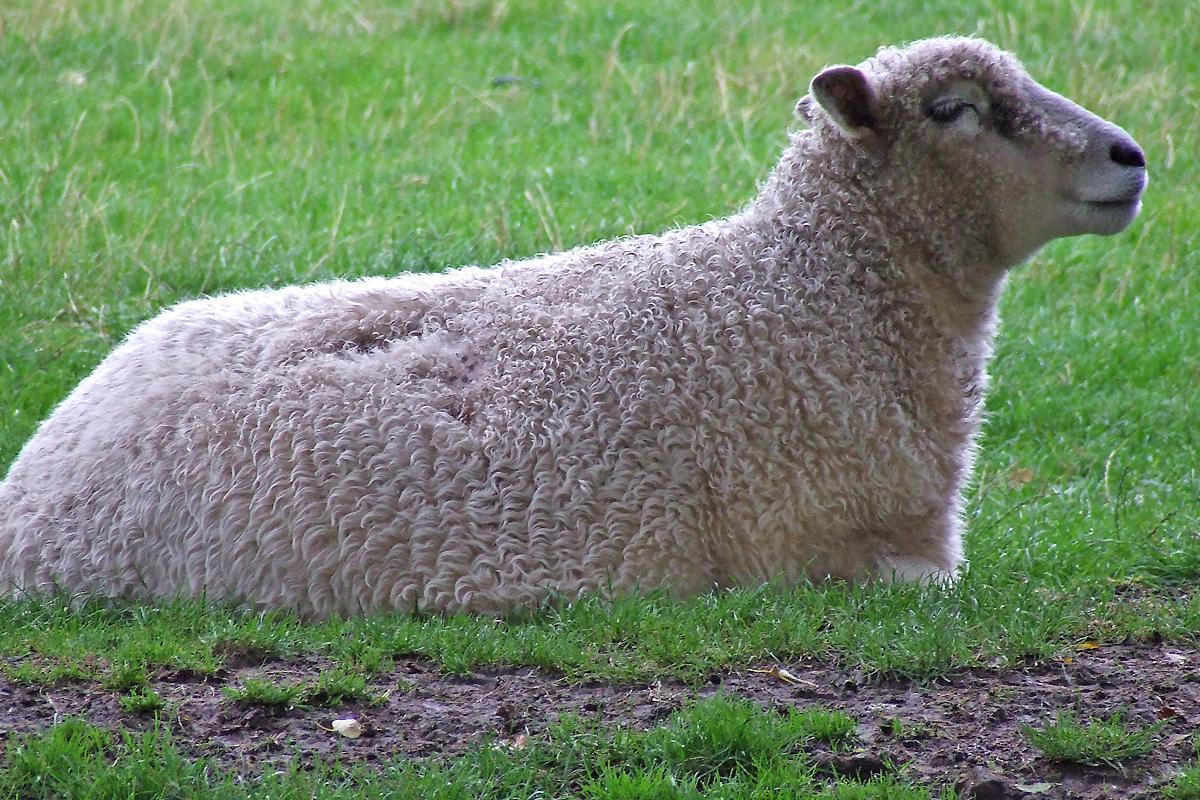Popular Sheep Breeds - Appearance, Wool, and Uses

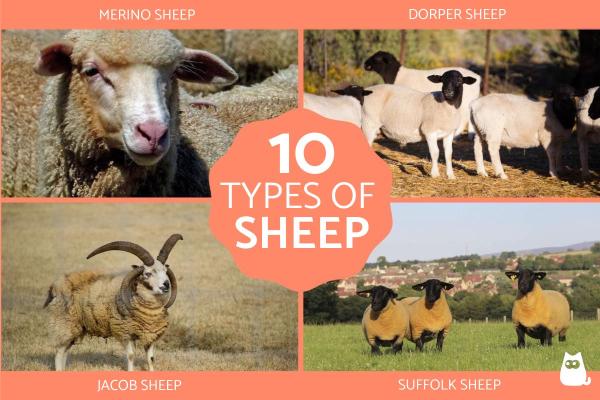
Sheep (Ovis aries) have played a significant role in human civilization for millennia, and their importance continues today. They have provided us with food (meat, milk), clothing (wool's natural insulation made it ideal), and even tools (crafted from hides and bones). Through selective breeding, a remarkable variety of sheep breeds have emerged around the world. Each breed boasts unique adaptations to their environment, along with distinct characteristics in size, appearance, wool quality, and purpose.
Intrigued by this diversity? Dive deeper with AnimalWised as we explore some of the most popular sheep breeds on the planet.
- Merino sheep
- Dorper Sheep
- Suffolk sheep
- Rambouillet sheep
- Jacob Sheep
- Cheviot sheep
- Romney Sheep
- Clun Forest Sheep
- Shetland sheep
- Cotswold sheep
Merino sheep
The Merino sheep is a globally recognized breed known for its exceptionally fine and soft wool.
Originating in Spain, Merinos have been bred for centuries, with their lineage traced back to ancient sheep of the Iberian Peninsula. Selective breeding programs have resulted in various Merino subtypes established around the world.
Merinos are typically medium-sized sheep with a robust build. Their defining characteristic is their wool fleece, which is remarkably fine, soft, and curly. This high-quality wool is prized in the textile industry for its excellent properties.
The diameter of Merino wool fibers is incredibly fine, typically ranging from 17 to 24 microns, which is much finer than the wool of many other breeds. This fine wool makes Merino exceptionally suitable for creating high-quality, soft textiles that are comfortable against the skin, leading to its widespread use in the production of luxury garments like fine suits and soft, high-end sweaters.
Merino wool's unique properties make it a popular choice for various textile applications. Its breathability, thermoregulation (ability to regulate body temperature), and odor resistance make it ideal for luxury clothing like sweaters, scarves, socks, and underwear. Beyond apparel, Merino wool is also used in high-quality bedding and mattress products due to its superior comfort and practicality.
On the other hand, merino sheep are also known for their adaptability, thriving in diverse climates. They can be found in both hot, arid regions and cold, mountainous areas. This adaptability is partly attributed to their wool's excellent thermal insulation properties, keeping them comfortable in various temperatures. Additionally, Merino sheep are known for their resilience to disease and relatively long lifespans.
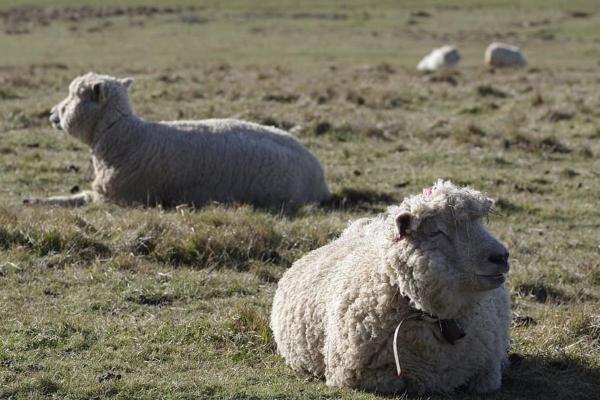
Dorper Sheep
The Dorper sheep is a breed specifically developed in South Africa during the 1940s. Breeders crossed Dorset Horn sheep with Blackhead Persian sheep to create a breed well-suited to the country's arid and diverse climate.
Dorpers are medium to large sheep with a muscular build. They are typically hornless in both males and females. Their head color varies depending on the specific type: black heads for Dorpers and white heads for White Dorpers. Long, drooping ears are another characteristic feature.
Dorper sheep possess a unique coat. It's a blend of short, thick hair and wool that sheds naturally, eliminating the need for shearing. This self-shedding ability makes them a low-maintenance breed for farmers. They have a rapid growth rate and reach market weight at a younger age compared to many other sheep breeds.
One of the most notable traits of Dorper sheep is their high adaptability. They can tolerate a wide range of temperatures, thriving in both hot and cold climates. Furthermore, they are efficient grazers, capable of finding food and water even in arid areas with poor quality pastures. This resilience makes them ideal for challenging grazing environments.
Dorper sheep are particularly valued for their low maintenance and hardiness, as well as their exceptional ability to convert feed into body weight efficiently, making them a popular choice among meat sheep producers around the world.
Explore the reasons why some sheep sport impressive horns while others remain hornless in our next article.
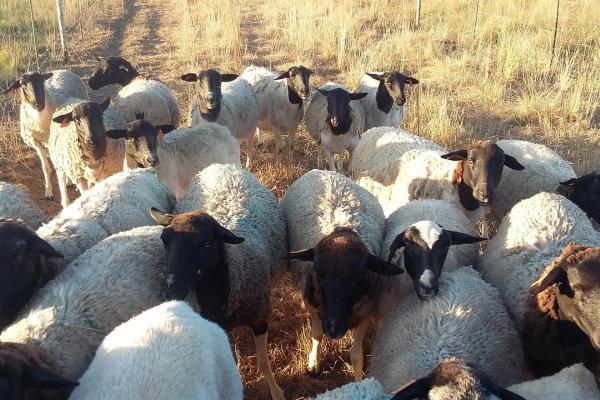
Suffolk sheep
The Suffolk sheep, hailing from England's Suffolk county, boasts a rich history dating back to the late 18th century. Developed by crossing local breeds with Southdown sheep, the Suffolk aimed to be a dual-purpose animal, excelling in both meat production and distinctive appearance.
These medium to large sheep possess robust, muscular builds. Their most striking feature is the contrasting color scheme: a black face and legs sharply contrasting with their dense white wool fleece. Large, round heads with erect ears complete their recognizable profile. Males typically exhibit greater weight and musculature compared to females. They do not have wool on their faces and legs, which helps prevent issues like wool blindness and makes them easier to manage during muddy conditions.
Suffolk sheep truly shine in meat production. Their rapid growth rate and efficient feed conversion translate to high-quality meat production. This efficiency means they require less feed per pound of muscle gained. Furthermore, their body conformation is ideal, with a well-balanced ratio of lean meat to fat.
While meat is their primary purpose, Suffolk sheep also produce wool. This wool, while not the finest, finds use in more rustic applications or is often blended with other fibers to enhance its characteristics.
In addition to their physical traits and productivity, Suffolk sheep are known for their docile temperament, making them easier to handle compared to more aggressive breeds.
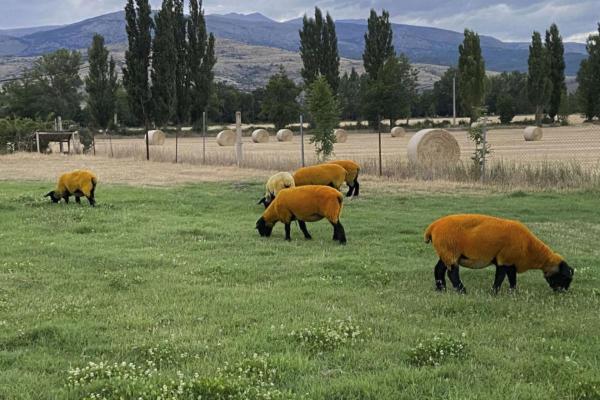
Rambouillet sheep
The Rambouillet sheep, also known as the French Merino, originated in France during the early 19th century. Developed through selective breeding at the Rambouillet royal estate near Paris, this breed combines Spanish Merino sheep with native French breeds. Rambouillets are primarily known for their high-quality wool.
Rambouillet wool is exceptionally fine, with fiber diameters typically less than 20 microns. This fineness translates to a very soft and luxurious fleece. The sheep themselves are medium-sized with a well-muscled and balanced build. Their heads are elegant with medium to long, floppy ears. The dominant fleece color is white, although some Rambouillets may have dark markings on the face and legs.
Beyond wool production, Rambouillets are also considered a dual-purpose breed, raised for their good quality meat. This versatility makes them an attractive option for farmers.
Rambouillets are known for their adaptability, thriving in various climates, from cold to warm regions. They are also vigorous and highly fertile, contributing to efficient breeding programs. Finally, their calm temperament and friendly disposition make them easier to handle and manage, a benefit for both breeders and shepherds.

Jacob Sheep
Jacob sheep, known for their impressive horns and unique fleece, are a distinctive breed with a potentially long history. While their exact origins remain unclear, they may date back to the Middle East and have been bred in England for centuries.
The most striking feature of Jacob sheep is their horns. Unlike most sheep, they typically have four horns, arranged in two pairs that curve outwards and to the sides of the head. Jacob sheep are a compact and muscular breed, ranging from small to medium in size. This robust build allows them to adapt well to various climates and thrive even in challenging environments.
Jacob sheep's fleece is another eye-catching characteristic. It's a beautiful blend of white and black patches, sometimes forming a spotted pattern. This unique wool is particularly valued in the spinning and weaving communities, making Jacob sheep a significant contributor to specialty textiles and fiber arts.
Known for their intelligence and curiosity, Jacob sheep also possess a relatively friendly temperament. This makes them easier to manage compared to some other breeds and contributes to their popularity as pets and ornamental animals on smaller farms. Their docile nature is a plus for breeders and enthusiasts as well.
While Jacob sheep are primarily valued for their unique appearance, they do offer practical benefits. Their wool, though not as fine as Merino wool, is prized by crafters for its visual appeal and used in traditional weaving projects. Jacob sheep are also often featured in shows and are cherished by small farmers and rare breed conservationists for their historical significance.
Dive deeper into the world of sheep. Our article explores some unexpected quirks and fascinating features of these familiar farmyard friends.
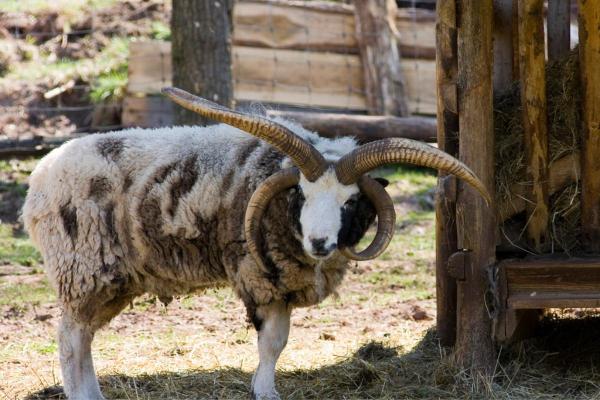
Cheviot sheep
Cheviot sheep hail from the Cheviot Hills, a rugged region on the border between England and Scotland. Perfectly suited to this harsh, mountainous environment, Cheviots have thrived there since the Middle Ages. While a Viking connection is unproven, these sheep likely evolved over centuries from local hill breeds.
These medium to large sheep have well-muscled, well-proportioned bodies. Their distinctive heads feature erect, medium-length ears and a characteristic white, wool-free face. This lack of facial wool helps prevent issues like wool blindness in harsh weather. Cheviot wool is medium-length and robust, not as fine as Merino wool but prized for its durability. This makes it ideal for producing tweed and other hard-wearing textiles.
Adaptability is a key strength of Cheviot sheep. They excel in rugged terrains with limited resources, efficiently grazing on medium-quality grasses on steep hills and mountains. This hardiness and ability to thrive on natural resources make them perfect for challenging grazing environments.
Known for their docile and friendly temperament, Cheviot sheep are easy to handle and care for. This calm disposition is a benefit for farmers managing their livestock.

Romney Sheep
Romney sheep, a breed native to the Romney Marsh area of Kent, England, boast a long history in the region. Known for their longevity and resilience, they've been a staple for centuries.
These medium to large sheep have a robust, muscular build, well-suited to their sometimes harsh environment. Their broad, rounded head typically has a white or mottled, wool-free face, and their medium-length ears lie horizontally (not erect as sometimes depicted).
Romney sheep are prized for their wool. It's dense, soft, and medium-length, making it ideal for textiles. This wool is naturally resistant to felting, a plus for durability, and is commonly used in fabrics and carpets. Each fiber is typically 10-15 centimeters (4-6 inches) long.
Adaptability is another key strength. They thrive in the wet, swampy conditions of the Romney Marshes but also do well in drier areas. Their efficient grazing allows them to utilize both medium and high-quality grasses, making them flexible for various farming systems.
Romney sheep are known for their docile and calm temperament, making them easy to handle. This calm demeanor is popular among farmers, from small-scale operations to larger agricultural enterprises.
Curious about how these flocks grow? Our next article delves into the fascinating world of sheep reproduction.
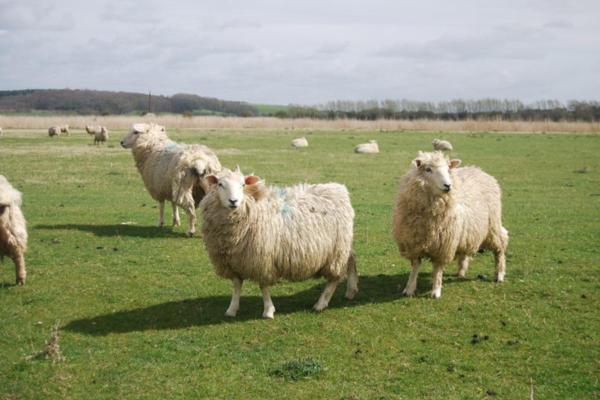
Clun Forest Sheep
Hailing from the Clun Forest region of Shropshire, England, Clun Forest sheep are a testament to natural adaptation. Contrary to some beliefs, they haven't been developed through crossbreeding, but rather evolved over time to thrive in their local environment.
These medium-sized sheep boast compact and well-proportioned bodies. Their heads are medium-sized with a straight profile and bare faces. Their legs are another distinctive feature, typically dark brown to black and free of wool.
The fleece of Clun Forest sheep is a valuable asset. Dense, soft, and medium-length, it comes primarily in dark brown or off-white shades. This high-quality wool is prized in the textile industry.
Adaptability is a key strength of the Clun Forest breed. They excel in diverse climates and terrains, from mountains to lower regions. Their hardiness allows them to efficiently graze on a range of grasses, from medium to high quality. This makes them well-suited for various grazing systems.
One of the notable traits of Clun Forest ewes is their excellent mothering ability. They are attentive mothers and often have multiple lambs with good survival rates.
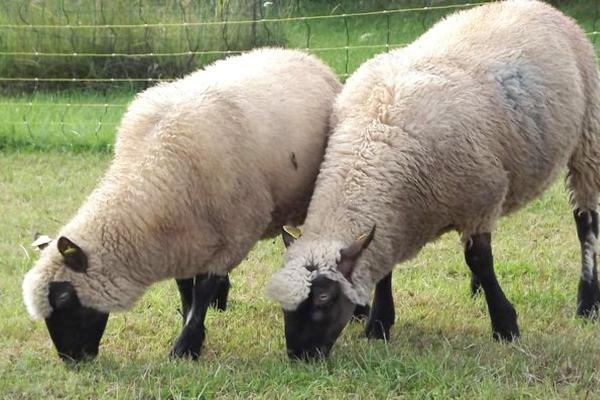
Shetland sheep
The Shetland sheep, hailing from the Shetland Islands north of Scotland, holds a distinguished place as one of Britain's oldest breeds. Perfectly adapted to the harsh climate of their island home, these hardy creatures have thrived for centuries.
Despite their smaller stature, typically between 55-65 centimeters tall, Shetland sheep are surprisingly robust. Their compact build and strong bones belie their resilience and vigor.
The true crown jewel of the Shetland sheep is its fleece. Exceptionally fine and soft, this wool is highly prized in the textile industry. It comes in a stunning natural range of colors, from white and gray to brown and black, making it a favorite for creating unique yarns and knitwear fabrics.
But Shetland sheep offer more than just beautiful wool. They are also a valuable source of meat. Their intelligence and adaptability make them well-suited for various farming operations, from large-scale herds to small family farms.
The significance of Shetland sheep extends far beyond agriculture. They are deeply woven into the cultural fabric of the Shetland Islands, playing a central role in local traditions and the economy. Numerous sheep-related competitions and festivals celebrate this rich heritage, highlighting the integral role these animals play in island life.
Explore the surprising variety of foods that keep sheep happy and healthy in our next article.
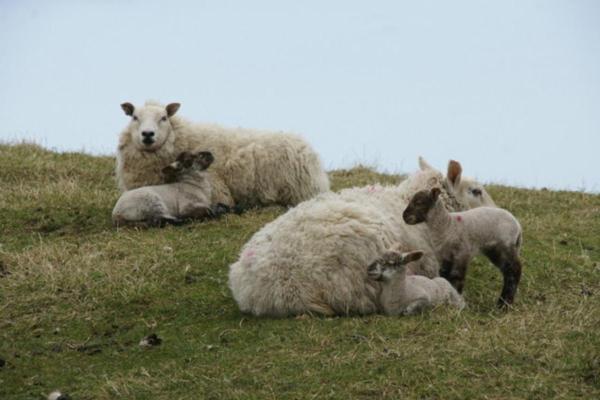
Cotswold sheep
The Cotswold sheep, native to England's Cotswold region, is one of the country's oldest breeds. Raised there for centuries, these sheep stand out for their size. Males can reach around 300 pounds (135 kilograms), with females slightly smaller. Their build is robust with well-developed muscles and a broad, deep chest. Cotswold sheep are considered a heritage breed due to their long history and significance in the British wool industry.
A key Cotswold feature is their unique fleece. Dense and curly, it can grow up to 8 inches (20 centimeters) long. This thick, loose wool with a natural shine is prized for its ability to produce high-quality yarns and fabrics in the textile industry. Cotswold sheep have a large, broad head with medium-length ears that typically hang forward. Their faces are bare, adding to their distinctive look. The fleece color varies, ranging from pure white to shades of gray or cream.
Beyond size and valuable fleece, Cotswolds are known for being easy to handle and adaptable to various environments. They are praised for their strong maternal instincts and long lifespans. This versatility makes them a dual-purpose breed, raised for both their high-quality wool (used in outerwear, carpets, and crafts) and delicious meat. These combined factors make Cotswold sheep an economically valuable breed for farmers.
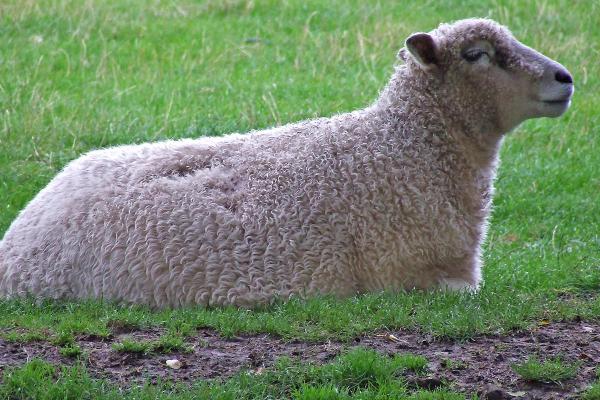
If you want to read similar articles to Popular Sheep Breeds - Appearance, Wool, and Uses, we recommend you visit our Facts about the animal kingdom category.
- Alderson, L. (2004). Indigenous breeds: their role in the UK livestock industry . Naturzale, 9-18.
- Alberto, FJ, Boyer, F., Orozco-terWengel, P., Streeter, I., Servin, B., de Villemereuil, P., ... & Pompanon, F. (2018). Convergent genomic signatures of domestication in sheep and goats . Nature communications, 9(1), 813.


